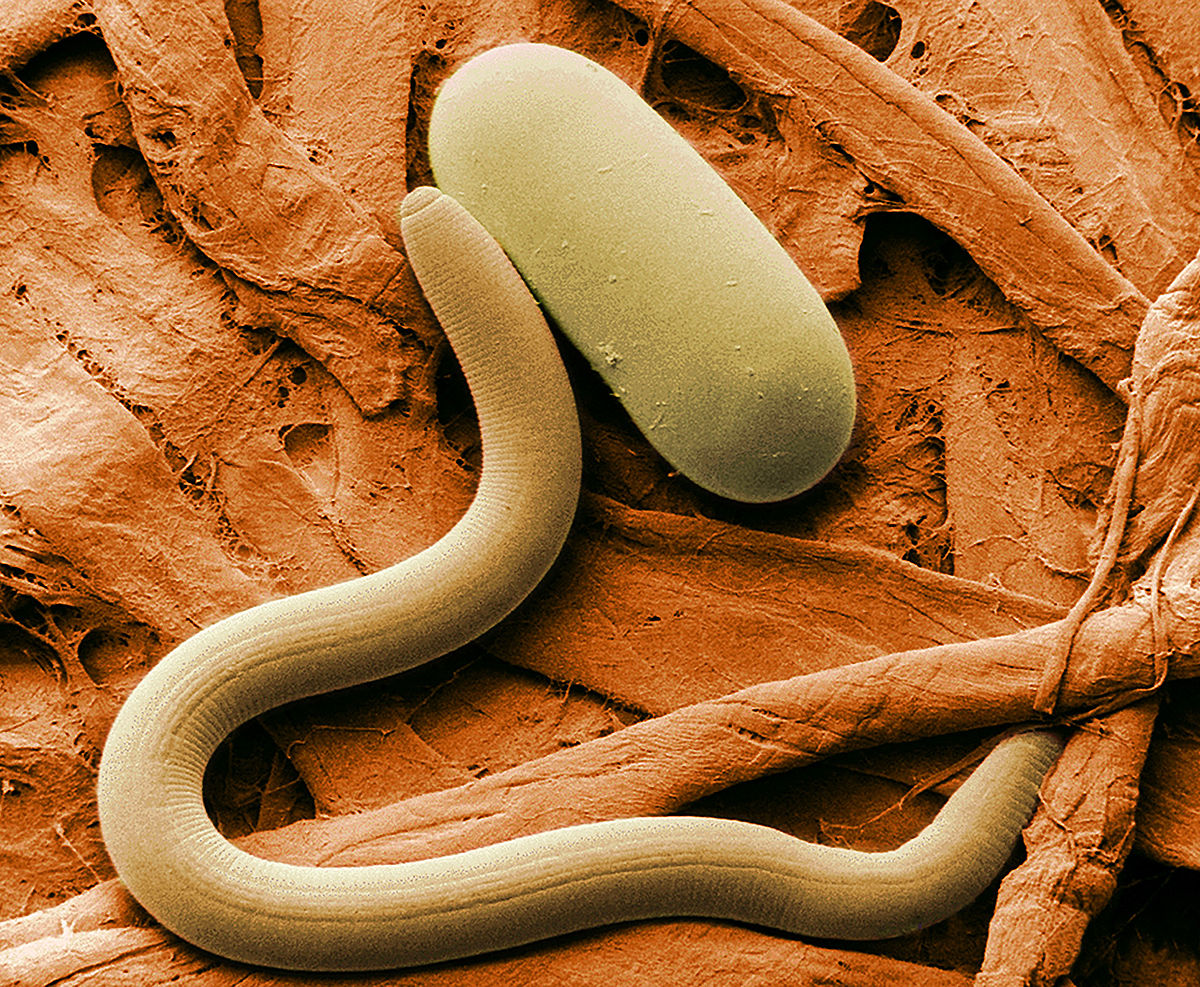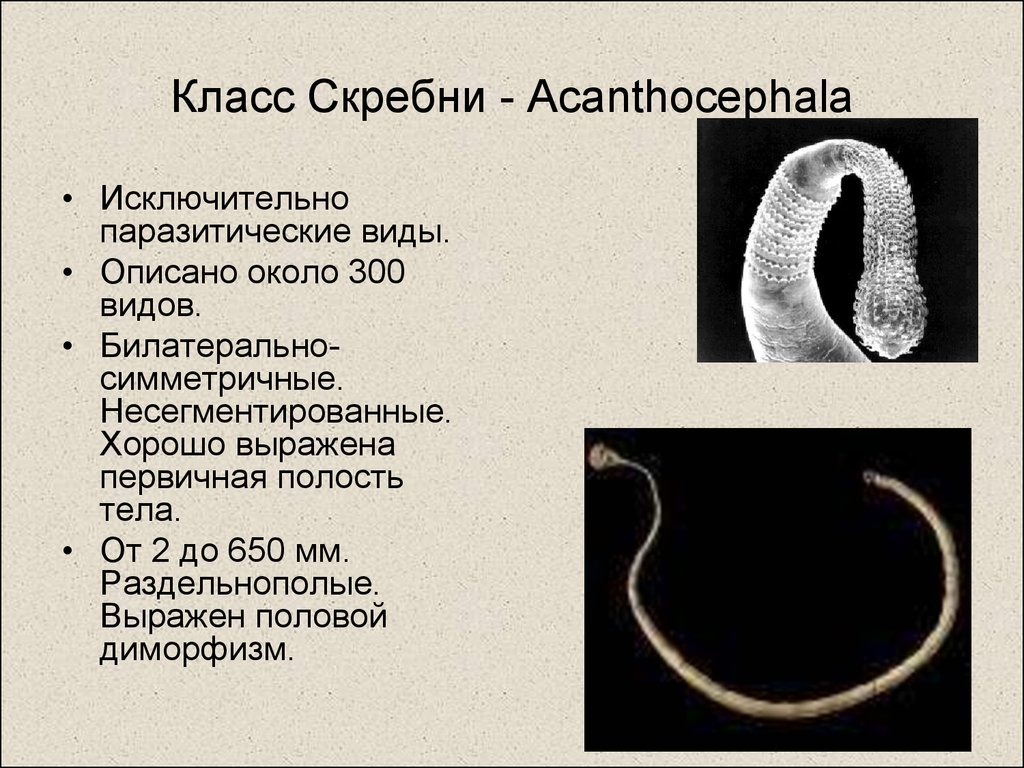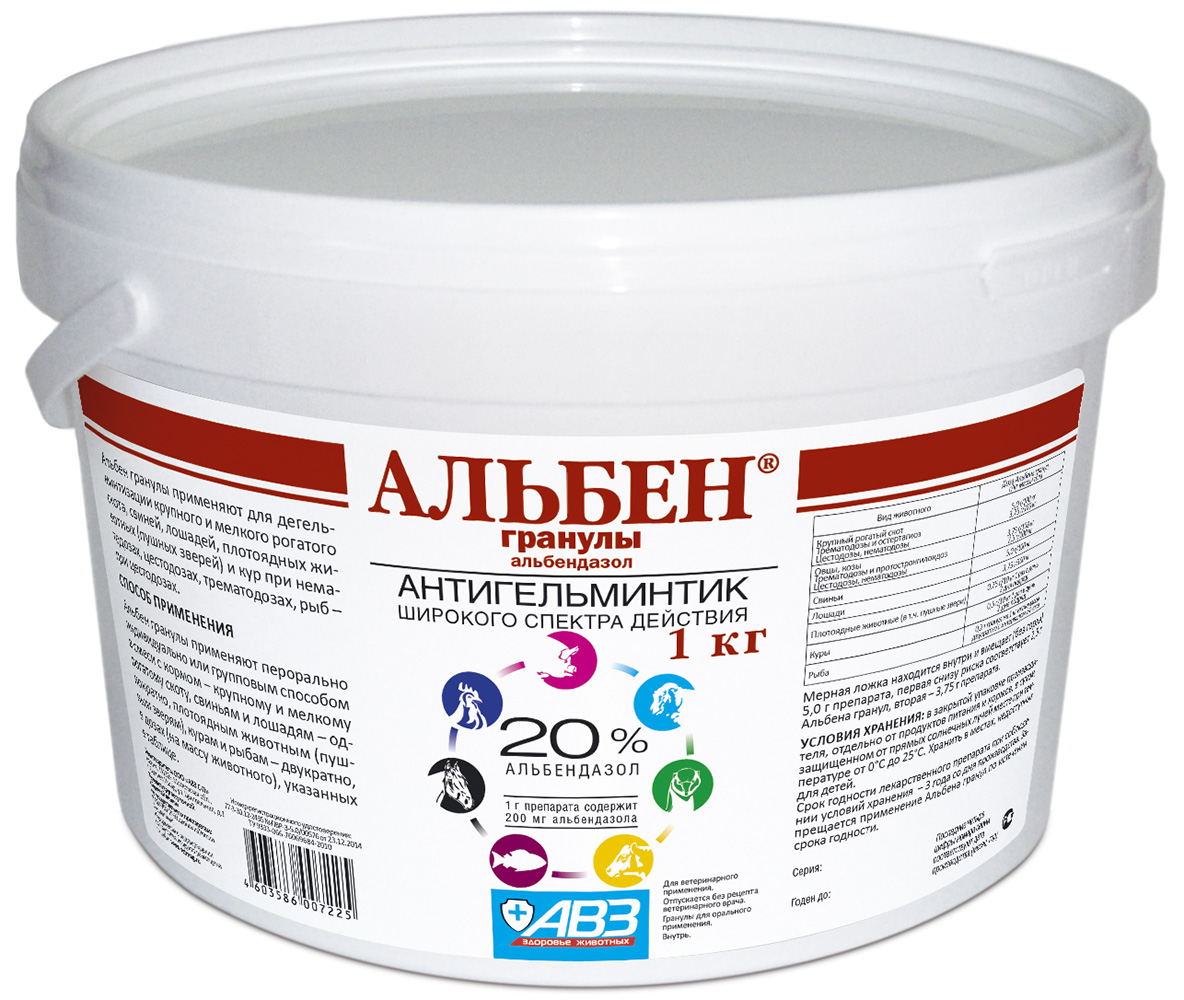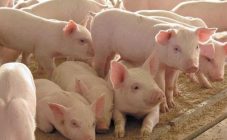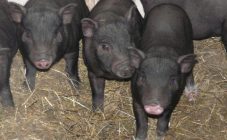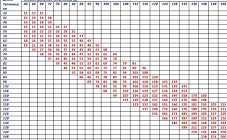Content:
Worms in pigs and piglets lead to the disruption of metabolic processes in the body, allergic reactions occur and individuals begin to lose weight. Some types of helminthiasis are transmitted to humans, and therefore livestock breeders need to monitor the condition of their pets. The article will talk about various invasions, about drugs that can cure animals, in particular, there will be instructions for using Alben for piglets.
Why do worms appear
Most often, parasites enter the body of animals through the oral cavity. A pig simply swallows eggs of helminths along with feed, for example, with green mass on grazing. Water and food that came into contact with the feces of an already infected animal is the main cause of the onset of invasive disease in both young animals and adults. If there is a lack of mineral components in the diet of tetrapods, the pig begins to eat the soil, which can be infected by the larvae of worms.
When purchasing a new livestock from an unfamiliar supplier, no farmer can be sure that the animals are absolutely healthy, and therefore all newly arrived animals must undergo treatment with anthelmintic drugs. In the pig industry, vigilance and attention is needed to detect early signs of parasites and start treating the herd.
What signs and symptoms indicate the presence of parasites
You should not make the mistake of trying to find out the vital activity of pigs in the waste. Only some varieties of worms live in the intestinal area, the rest choose organs such as:
- liver;
- lungs;
- bronchi;
- brain.
In feces, roundworms are most often found due to their impressive size. They can reach a length of 0.4 m. But all other parasites, for the most part, remain unnoticed by humans. Their presence can be determined by the altered behavior of animals and the state of health of the herd.
Worms in piglets, symptoms:
- refusal of feed;
- the piglet is gaining weight poorly;
- exhaustion;
- restless behavior (poor sleep, may rub backwards on the floor);
- a cough appears (some worms end up in the nasopharynx, irritate it and can affect the respiratory system);
- slight increase in temperature;
- shortness of breath;
- the work of the nervous system is disrupted;
- wheezing is heard in the grunt;
- stomach upset.
What kind of worms can there be?
All existing types of worms pose a serious danger to both piglets and adult animals. Once in the body, they choose various nutrients and vitamin complexes as food. In turn, they begin to secrete waste products, which leads to poisoning of the animal's body and rapid weight loss.
Nematodes
This includes roundworms with a full development cycle in the host's body. Pigs are most often found:
- ascaris;
- trichinella;
- metastrongil.
Roundworms can parasitize not only in the intestines, they also infect other organs, for example, the bronchi and lungs. In this case, the symptoms are very similar to bronchopneumonia.
What you need to know about ascariasis
Roundworms most often settle in the small intestine, but they can also take a liking to the bile ducts. Pigs become infected with parasites through grass or water. Through the bloodstream, the larvae find themselves in the lungs, bronchi, larynx, and oral cavity. Making a swallowing movement, the pig swallows them. Once in the intestines, roundworms begin to grow.
Symptoms
With ascariasis, the following symptoms are observed:
- a sick piglet burrows into bedding materials;
- individuals gnash their teeth;
- cramp may occur;
- dry cough gives way to wet;
- some piglets develop a rash all over the body;
- disorder of the digestive system in the form of constipation or diarrhea.
Trichinosis
The disease-causing nematode is a representative of the genus Trichinella with a full development cycle in the host's body. Animals become infected by eating meat waste, which can be infected by the parasite larvae. After entering the stomach, the protective membrane disintegrates, releasing the larva, which begins its journey to the duodenum. A few hours are enough for it to become a full-fledged worm.
The death of sexually mature males of Trichinella occurs after fertilization, and females penetrate into the mucous membrane of the intestinal region. After 7 days, new larvae are born, they reach the muscles through the blood and lymphatic vessels. Here they grow and form a protective capsule.
Symptoms:
- temperature rise;
- skin rashes;
- swelling;
- inflammation of muscle tissue;
- intoxication of the body.
Scrapers
They are another type of worms. The parasitic area is the intestines, attached to the walls with hooks. Piglets are infected with helminth eggs, which are in intermediate hosts - insects. After entering the small intestine, the larva attaches to its wall and after 120 days becomes an individual capable of reproduction.
The name of the disease is macracantorhynchiasis and has the following manifestations:
- animals lose weight a lot;
- anemia develops;
- diarrhea with blood;
- depressed state;
- pain in the abdomen.
Treatment of helminthic diseases with drugs
Before you start treating piglets for worms, you must call your veterinarian. He will be able to say with certainty what kind of parasites caused the animals' malaise. It is impossible to give drugs on your own, the wrong dosage leads to the fact that the microflora of the stomach is disturbed in young animals.
When parasites are detected, sick pigs are placed in a separate room, this applies to adult animals. If infected piglets are found in one litter, all of them will need to worm. For treatment, you can use common drugs:
- sodium fluorosilicate;
- hygrovetin;
- nilferm;
- ivermek;
- alben;
- febtal;
- cestal;
- brovadzol;
- oxylurum;
- panakura;
- dirofen;
- albentabs;
- pratazole;
- nilverm (the agent is administered by the subcutaneous method, through an injection).
All of the above means successfully fight nematodes, cestodes, trematodes, tapeworms and their larvae. Before giving this or that medicine, you must carefully read the instructions and strictly observe the dosage.Each of these drugs has side effects such as drowsiness or lethargy, but they are short-lived. Treatment against parasites is carried out twice.
The medicine for worms for pigs is given to piglets in a crushed form, mixing with a small amount of feed. Make sure the animal has eaten everything. For group treatment, powder is used, also mixed with some food.
The greatest effect of drugs used in the form of injections. Their use ensures that the sick animal receives the required dose of the drug.
Albena application
This tool has a wide spectrum of action, in the form of tablets, which are convenient to add to feed. If we talk about how to give Alben to piglets, then this is done based on their weight, namely 1 tablet per 35 kg of live weight.
The active substance included in the composition has a paralyzing effect on parasites, as a result of which they die and are excreted from the body of animals along with feces or urine.
The instruction for Albena for pigs reads as follows: there are cases when it is not recommended to give the drug to animals:
- mating period;
- first half of pregnancy;
- when identifying individual intolerance to certain components of the drug;
- depletion of the animal;
- the presence of any other disease.
Folk remedies to combat worms
Not all farmers trust medicines. Pig breeding is a very ancient branch of animal husbandry, and therefore you can consider a number of methods that were used earlier.
- You can remove intestinal nematodes and lamblia with the help of celandine, an alcoholic tincture is made from it. The broth in the amount of two drops is diluted with water (2 tablespoons) and is given individually to each animal through the mouth three times a day.
- Garlic is used as a prophylactic agent, it is added to the feed at the rate of 1 gram per kilogram of the mass of the domestic pig. Tansy, onions, radishes, carrots, beets, pumpkin seeds, fresh horseradish - all these products are very poorly tolerated by parasites, but piglets can easily feast on them all.
- The use of wormwood is a proven method for treating infestations, only here you need to be extremely careful. The unique constituents of this plant can be very harmful to animals if the wrong dosage is chosen.
It remains to answer the question at what age the pigs worms. The first time this is done as soon as the animals are 45 days old, again after a month and a half, and then every quarter.
It is worth closely monitoring the livestock in order to identify deviations in behavior in time and provide assistance to the animals.

